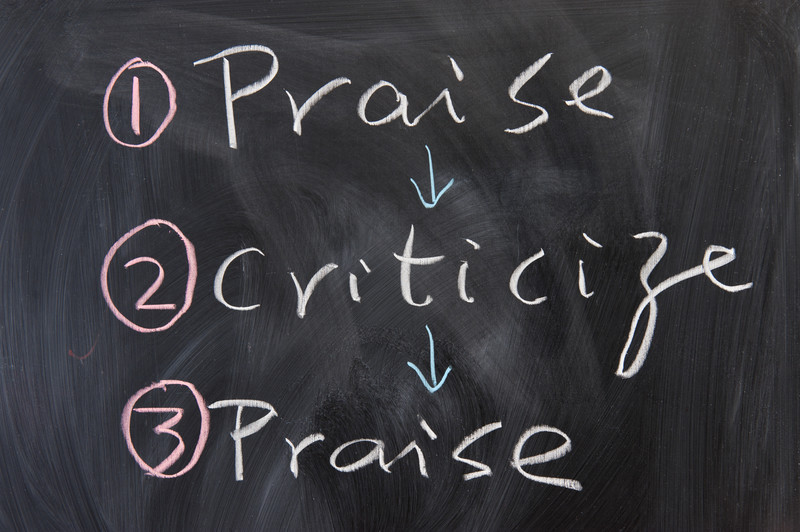The words of a homeschool teacher hold great sway over the behavior of a homeschool student. What a parent conveys to a child, is what the child begins to accept as his reality. In order for the homeschooling parent to ensure that the child is living up to his or her true potential, some amount of constructive criticism needs to be added to regular doses of praise.
When to Praise a Homeschool Student
Praise the student immediately after the behavior has been completed. It makes a much bigger mark in their mind that way. The child will feel good about the behavior and will attempt to repeat it in the future. This reinforces the desired behavior pattern. The parent does need to ensure that the praise is genuine and heartfelt, as most homeschool students come with a built in radar to sense the parent’s true emotions.
When and How to Criticize
No one appreciates being told off. Not you, and not your child. However if there is an error that needs to be corrected, the homeschool student needs to be informed about it. The idea is to reach out with constructive criticism where the child is told clearly what the error is, and then given a solution at the heels of that. This ensures that the error is correctly in a desired manner. It should usually be done when the error is committed so that the child can understand what went wrong.
The Sandwich of Motivation
It is easier to get the homeschool student to listen and agree with you when you are praising them. Not so much when you are criticizing them. So the best way to dole out constructive criticism is by sandwiching it between bouts of praise before and after. That way the child does not feel picked on and will be more receptive to what is being communicated. Start out with what the child did right, praise the point, then move on to what went wrong. Give the solution to the problem, then fall back again to praising the effort that the child has made. It will be far more motivating than mere criticism.

